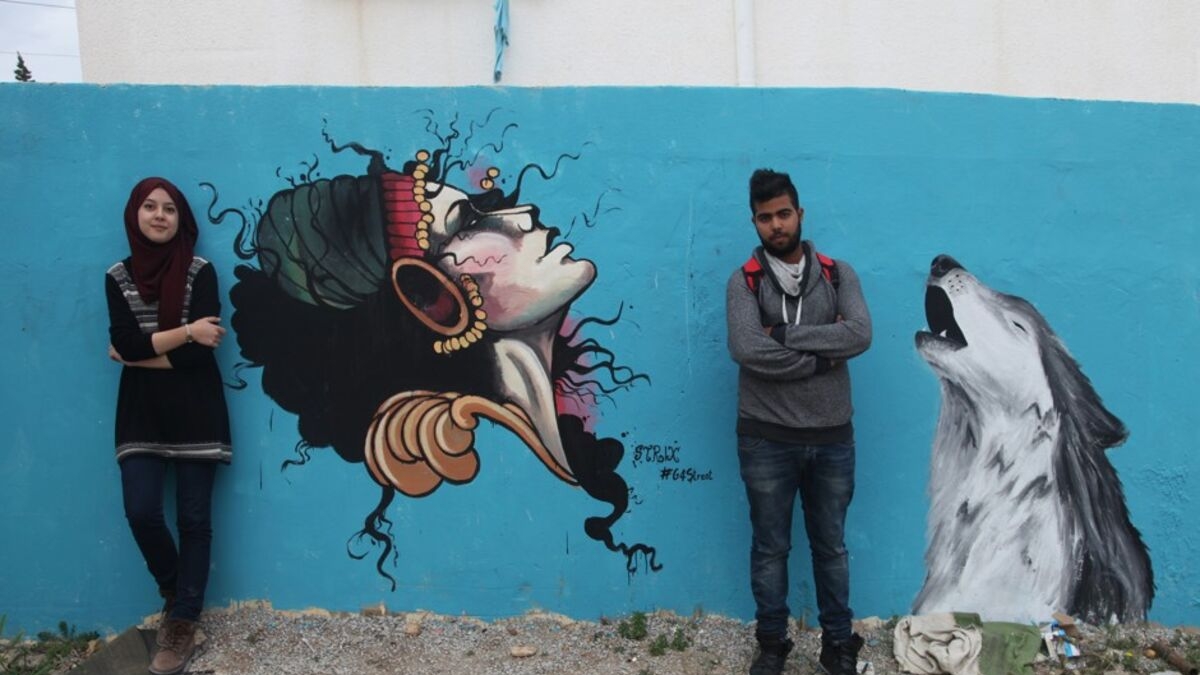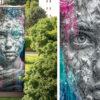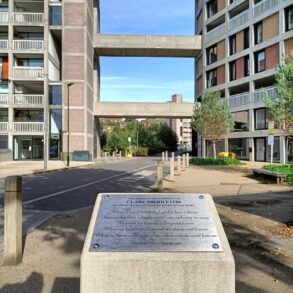Graffiti in Tunisia: From Rebellion to Cultural Phenomenon

In the heart of Tunis, the capital city of Tunisia, a vibrant and resilient form of expression has emerged since the revolution of 2011. Graffiti, once a clandestine act of rebellion, has painted its way into the public consciousness and onto the city’s walls. Initially, street art served as a political statement, a canvas on which groups like the Ahl El Kahf crew could voice their discontent, championing the cause of Mohammed Bouazizi, whose tragic self-immolation sparked the revolution, and criticizing the police brutality and repressive regime of the past.
Voicing Societal Concerns
Over time, the narrative on the walls of Tunisia’s cities have evolved. They are no longer just political manifestoes but a reflection of various societal issues. The murals depict a kaleidoscope of concerns, ranging from government policies and drug laws to unemployment. The artists, however, have to walk a tightrope, balancing their creativity and freedom of expression with the absence of specific laws against graffiti and wary authorities.
Football Fan Culture and Street Art
Yet, it is not just the authorities that street artists have to contend with. The football fan culture, with its own tradition of graffiti, also presents a challenge. The struggle for space is real, and the walls have become a battleground of sorts, with artists and football fans vying for the same canvas.
Graffiti: A Cultural Phenomenon
Despite these challenges, graffiti has transcended its rebellious roots and become a cultural phenomenon in Tunisia. Its influence is seen in various facets of Tunisian life, from the aesthetic of public and private spaces to local businesses and even embassies. The Djerbahood project, located on the island of Djerba, has gained international recognition and become a significant tourist attraction. The murals adorning the walls of this island are a testament to the vibrant and resilient spirit of Tunisia’s street artists.
Continuing Political Commentary
While some artists have shifted their focus from direct state critique, political commentary remains a constant in Tunisia’s graffiti scene. Recent works still address pressing issues, such as Israel’s actions in Gaza. As Tunisia continues to grapple with its post-revolution identity, street art stands as a vibrant testament to the creative spirit and ongoing societal dialogue among its people.
This post was originally published on this site be sure to check out more of their content.









